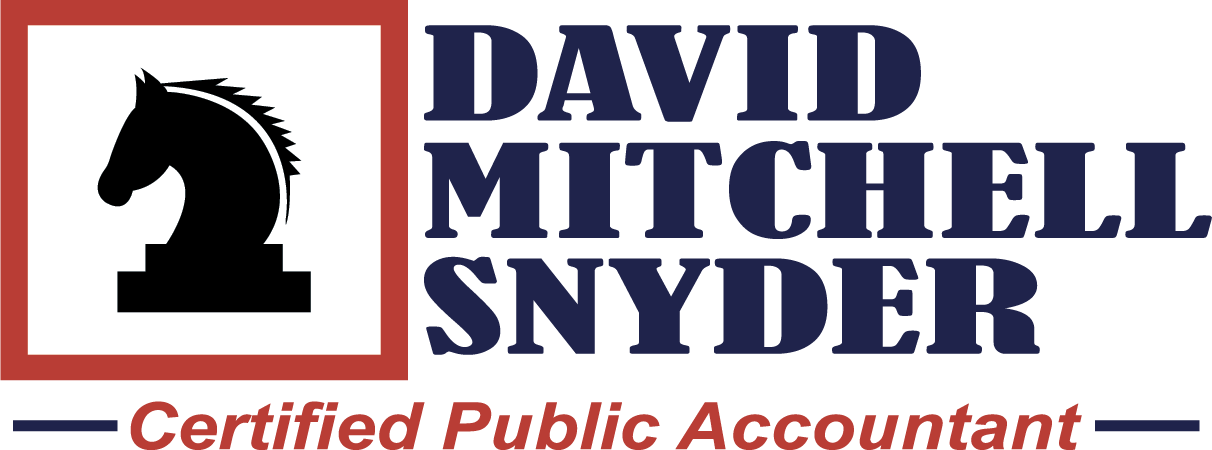New PPP Loan Forgiveness Applications

New PPP Loan Forgiveness Applications
Summarized from an article in the Journal of Accountancy by Jeff Drew
The SBA issued a new interim final rule providing guidance on how to calculate employee and owner compensation for loan forgiveness in the new 24-week covered period created by the Paycheck Protection Flexibility Act.
Congress passed the Paycheck Protection Flexibility Act to make it easier for small businesses and other PPP borrowers to qualify for full loan forgiveness. Among the changes in the act are an expansion of the “covered period” for loan forgiveness to 24 weeks from eight weeks, a reduction of the proportion of proceeds that must be spent on payroll costs to 60% from 75%, and the establishment of a safe harbor for businesses that have been unable to return to the level of business activity they had before the COVID-19 pandemic due to compliance with health and safety guidelines for slowing the spread of the virus.
Application Highlights:
The revised PPP Loan Forgiveness Application and instructions include the following:
• Retirement expenses for S corporation owners can be included in payroll costs.
• Borrowers that received loans before June 5 can choose between using the original eight-week covered period or the new 24-week covered period.
New EZ Application Details:
The EZ PPP Loan Forgiveness Application requires fewer calculations and less documentation than the full application. The EZ application can be used by borrowers that:
• Are self-employed and have no employees, or
• Did not reduce the salaries or wages of their employees by more than 25% and did not reduce the number or hours of their employees, or
• Experienced reductions in business activity because of health directives related to COVID-19 and did not reduce the salaries or wages of their employees by more than 25%.
New Interim Final Rule Published:
The SBA issued rules Tuesday night, June 16, 2020, for determining payroll costs and owner compensation in calculating PPP loan forgiveness under the new 24-week covered period.
The Paycheck Protection Flexibility Act tripled the duration during which PPP recipients could spend the funds and still qualify for loan forgiveness — a span of time called the covered period. The interim final rule adjusts and adds to previous guidance for calculating loan forgiveness under the original eight-week covered period.
The PPP allows loan forgiveness for payroll costs — including salary, wages, and tips — for up to $100,000 annualized per employee, or $15,385 per individual over the eight-week period. The new interim final rule establishes the 24-week maximum for full loan forgiveness at $46,154 per individual. This does not include the owner’s compensation for Schedule C and F filers. See below.
Owner Compensation Replacement Calculations:
For Schedule C and F filers, forgiveness for the owner compensation replacement is calculated for the eight-week period as 8 ÷ 52 × 2019 net profit, up to a maximum of $15,385. For the 24-week period, the forgiveness calculation is limited to 2.5 months’ worth (2.5 ÷ 12) of 2019 net profit, up to $20,833.
Other Provisions:
The interim final rule also modifies earlier guidance to account for changes included in the Payroll Protection Flexibility Act.
- The minimum term for PPP loans is raised to five years for all loans made on or after June 5. For loans made before June 5, the two-year minimum maturity remains in effect unless both the borrower and the lender agree to extend it to five years.
- The proportion of PPP funding that must be used on payroll costs to qualify for full forgiveness drops to 60% from 75%.
- The application deadline for PPP loans remains June 30.
These rules have been very fluid, changing numerous times since their original enactment. Please stay abreast of all recent developments. Contact us with any questions. Also, contact us if you would like a loan forgiveness application and the related instructions.
